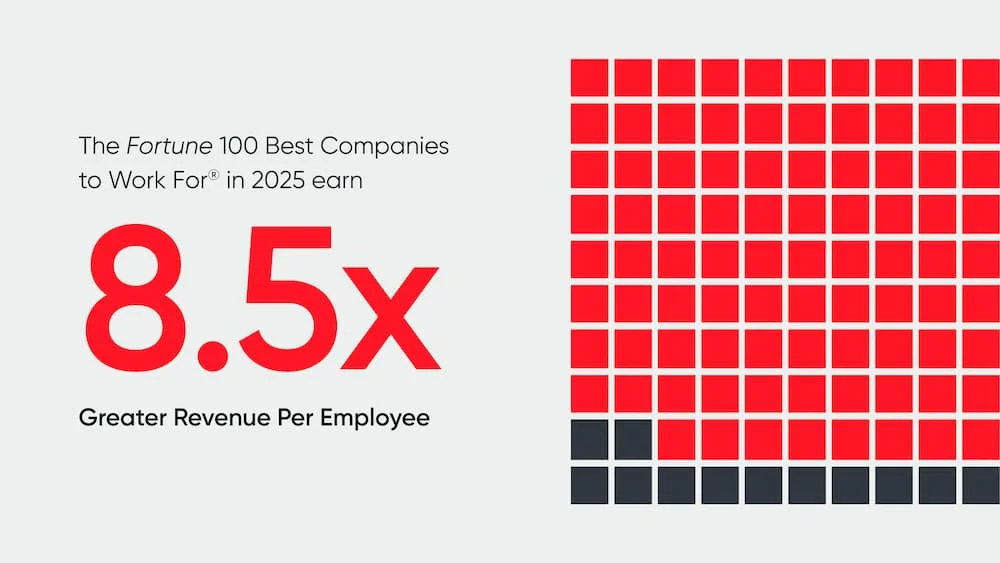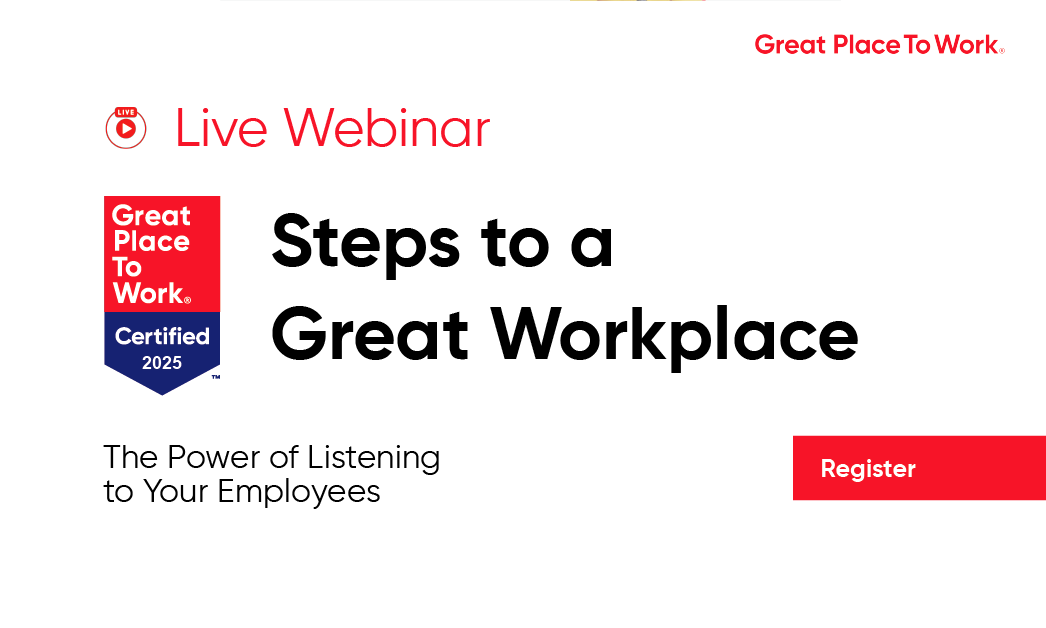Navigating through the dimensions that build the Trust Model: Credibility in Workplace Culture
Within any workplace culture, Credibility doesn’t stand on its own but is deeply rooted in the foundational domains of Trust. Credibility is a very paramount tether that binds Management and Employees. We can say that Credibility assumes a central role in molding employees' perceptions and attitudes toward their organization. It underpins how employees view management, determining whether they regard it as reliable, trustworthy, and credible. Correspondingly, it serves as a gauge for evaluating employees' perceptions of management practices. Employees feel satisfied with the decision-making responsibility entrusted to management because they trust they would make the best decisions beneficial to the company.
Credibility is tailored to workplace culture and inherently helps to develop trust and confidence. Your employees can establish you as credible when there is enhanced Leadership Transparency, making room for management to communicate openly with employees; establishing Feedback Mechanisms that allow employees to feel they are being heard; and when Leaders take Accountability for their actions, decisions, and mistakes, it demonstrates integrity.
Within the dimension of Credibility, two key elements come to prominence: Transparency and Competence. Transparent communication from leadership fosters an environment of trust and openness. When leaders share honest information about the organisation's goals, challenges, and decision-making processes, it empowers employees with knowledge and insights. Credibility also hinges on the perceived competence of leadership. Employees want to know that those in charge are qualified and capable of making sound decisions that benefit the organization.
In a workplace where competence is evident, leaders demonstrate their expertise through effective problem-solving, strategic planning, and the ability to adapt to changing circumstances. They also foster an environment where employees can develop their own skills and contribute to the organization's success, which further reinforces trust.
In Great Place to Work’s Trust Model, credibility stands as the first dimension rooted in Trust for organisations to reach the exceeding heights of exceptional workplace culture.
Is Your Management Credible?
Does your management:
- Have a clear view of where the organisation is going?
- Make its expectations clear?
- Communicate openly with employees?
- Make the organisation a safe place to work?
- Put honesty at the core of its business practices?
- Make sure their proficiency is constantly improved upon to be able to run the business adeptly, competently, and innovatively.
In a 2023 Great Place To Work Trust Index survey conducted for Wema Bank Plc, 96% of its employees said it is a great place to work compared to 57% at a typical company. Its employees also gave their management an overall Credibility score of 94%.
Also, in 2022, during a reorganization at the real estate investment firm Camden Property Trust, the company took an unconventional approach in response to the challenges often associated with layoffs. Instead of avoiding the issue, Camden chose to address it head-on. Following the restructuring, Camden promptly established working groups to solicit feedback from employees, both positive and negative, about the changes. While not all feedback was favorable, this commitment to candid communication empowered employees and allowed them to have a meaningful voice in the process.
When there is Credibility in an Organisation, employees are:
- 5x more likely to have confidence in their leaders and trust them.
- 4x more likely to share feedback
- 9x more likely to collaborate effectively
- 5x more likely to stay committed
- 4x more likely to embrace change
- 2x more likely to be more innovative
When employees feel their input and welfare are validated, they have more confidence in the leadership and management of the organisation. Consistency seals the deal for Credibility in the workplace. Credibility thrives when an organisation is consistent in policies, practices, and communication. Consistency helps ensure that an organisations’ actions align with its stated values and mission. When employees can rely on consistent processes and expectations, they feel more confident in their roles.
Credited to: Anita Nkiruka Okwechime








